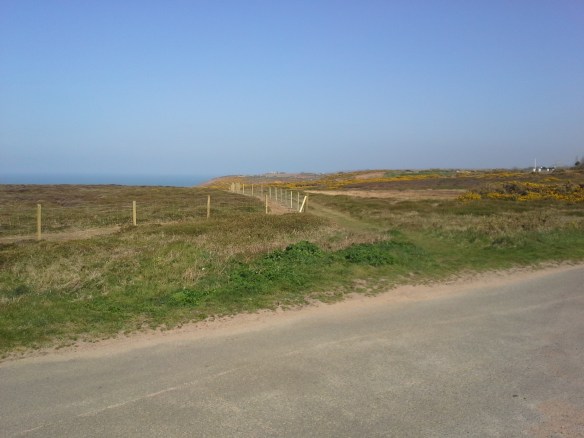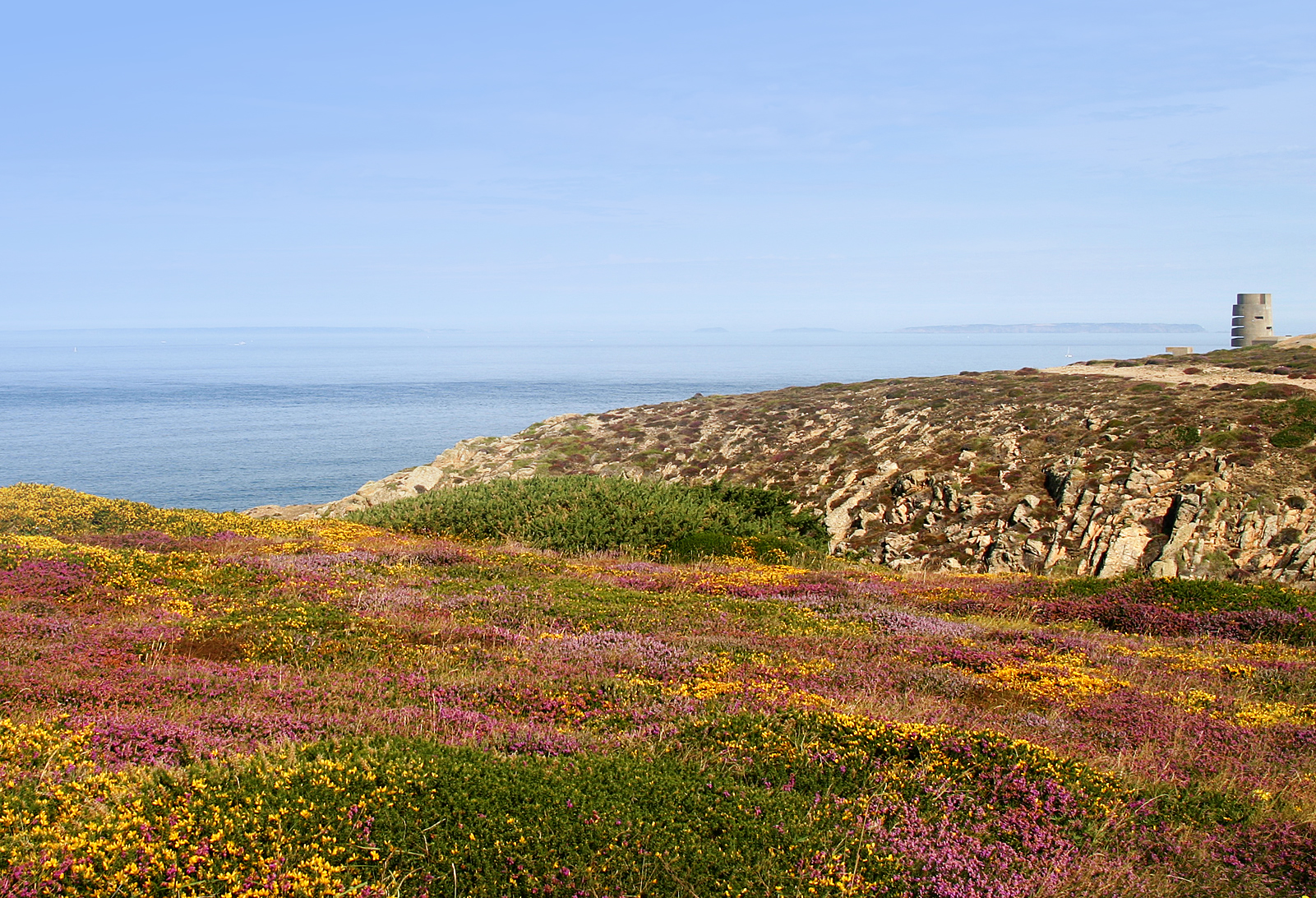 2nd Annual Invasive Species Week 29th February – 6th March
2nd Annual Invasive Species Week 29th February – 6th March
From Department for Environment, Food & Rural Affairs (Defra) and Surfbirds
Gardeners, birdwatchers, sportspeople and anglers are being called on to help protect the UK from the threat of invasive non-native species (INNS) at the launch of Invasive Species Week.
 INNS cost the British economy £1.7 billion a year. To help stop INNS arriving and spreading, Defra and the GB Non-native Species Secretariat are holding a special week to raise awareness of the issue. See details of Jersey’s invasive species here and here.
INNS cost the British economy £1.7 billion a year. To help stop INNS arriving and spreading, Defra and the GB Non-native Species Secretariat are holding a special week to raise awareness of the issue. See details of Jersey’s invasive species here and here.
It will bring together organisations from across Britain who can help stop INNS damaging our landscapes and harming our native wildlife. While the majority of animals and plants introduced to Britain are harmless, around 10-15% become ‘invasive’.
This year Invasive Species Week coincides with the fifth anniversary of Check, Clean, Dry – a campaign launched by Defra and the Welsh and Scottish Governments in March 2011. The campaign is supported by the Angling Trust and Royal Yachting Association, to provide simple biosecurity advice for recreational water users, particularly anglers, and boat and kayak users.
The campaign was launched after the success of Be Plant Wise, a campaign run with the support of the Ornamental and Aquatic Trade Association and the Horticultural Trade Association. This initiative keeps gardeners and pond owners informed of the dangers caused by invasive aquatic plants and to reduce the risk of them dumping aquatic plants in the wild.
Niall Moore, Chief Non-native Species Officer and Head of the GB Non-native Species Secretariat, said: “Invasive non-native species are one of the key threats to our wildlife and natural environment, and can be extremely costly and difficult to manage if allowed to establish. Help to prevent this from happening by getting involved and spreading the message during Invasive Species Week”.
So how do INNS get here? There are several ways but, just think, right now you could be drinking coffee from South America while wearing clothes made in South East Asia, and reading this on a device made in the USA or China. Your lifestyle is only possible due to the thousands of container ships ploughing across our oceans on a daily basis, taking products around the world from one port to another.
 Each day some 3,000 species are transported in ship ballast or on ships’ hulls. Ballast water is taken onboard ship when the ship is empty, and emptied usually in ports when the ship is filled. This water can contain millions of creatures and pathogens, including, for example, cholera. Although most perish en route those that survive may find the waters where they are discharged to their advantage and thrive to the detriment of native species.
Each day some 3,000 species are transported in ship ballast or on ships’ hulls. Ballast water is taken onboard ship when the ship is empty, and emptied usually in ports when the ship is filled. This water can contain millions of creatures and pathogens, including, for example, cholera. Although most perish en route those that survive may find the waters where they are discharged to their advantage and thrive to the detriment of native species.
Of the 54 invasive non-native invertebrate species identified by Buglife as currently posing the greatest threat to biodiversity in Britain, 23 (43%) may have been or could in future be introduced via ballast water.
 Shipping patterns are undergoing changes, and are expanding in volume, frequency and coverage. Specifically, the opening of new, northern shipping routes with the reduction of Arctic ice cover will raise the threat of ballast water introductions from previously blocked geographical areas, augmenting the continuing arrival of species along established commercial shipping routes.
Shipping patterns are undergoing changes, and are expanding in volume, frequency and coverage. Specifically, the opening of new, northern shipping routes with the reduction of Arctic ice cover will raise the threat of ballast water introductions from previously blocked geographical areas, augmenting the continuing arrival of species along established commercial shipping routes.
Yet our knowledge of marine invasive non-native species is extremely limited and there are few marine species specific risk assessments. It is practically impossible to eradicate marine and aquatic invasive non-native species once they have established. It is thus imperative that we do our utmost to prevent their arrival and export in the first place to avoid their potential large scale negative impact on native biodiversity and the economy.
We need strict controls in place to limit the spread of invasive non-native species by ballast water, not only into British waters but our responsibility to avoid transfer from British waters elsewhere. We have the mechanism to do this through the International Maritime Organisation Ballast Water Management Convention (not yet ratified by the UK). Many of Europe’s large maritime economies have ratified this convention, including Holland, Germany, France and Denmark.
You can help to slow down invasive species by making sure you know what you grow in your garden, especially if you have a pond, and by making sure you clean, check, dry fishing and boating equipment etc. you use around water.
Details of Jersey’s invasive species can be seen here.


























































